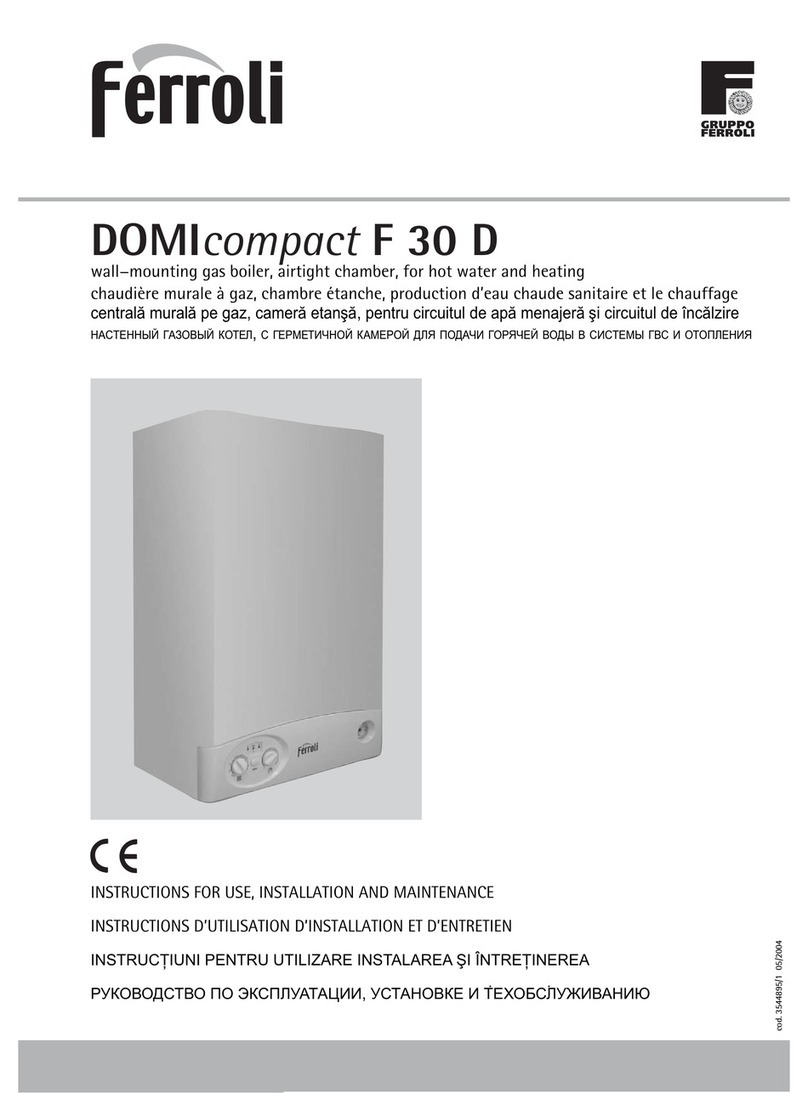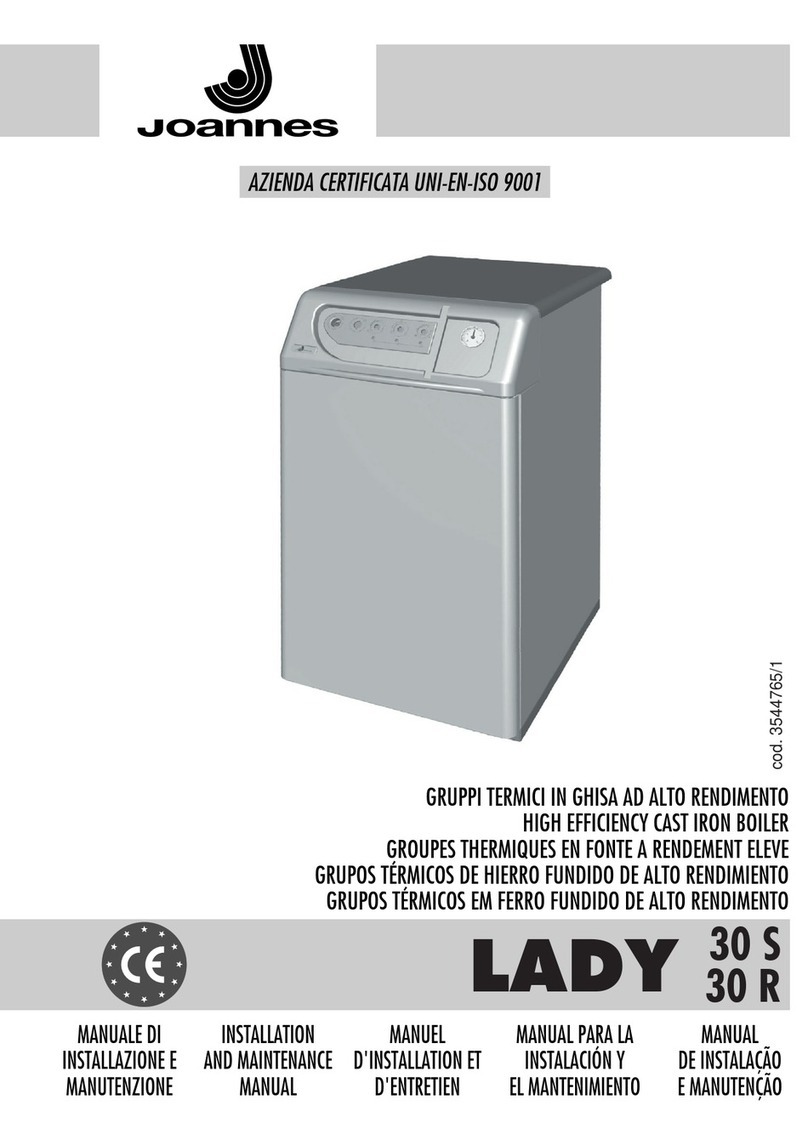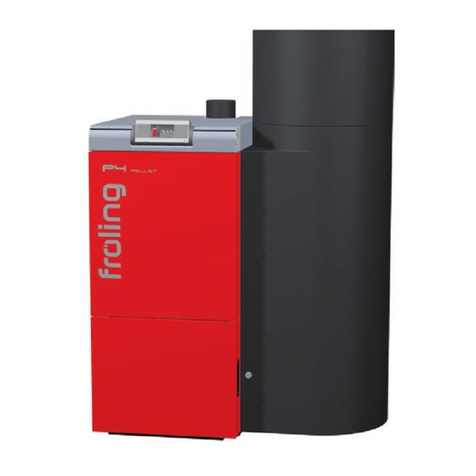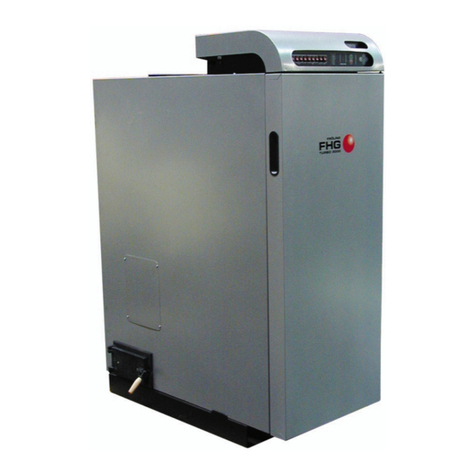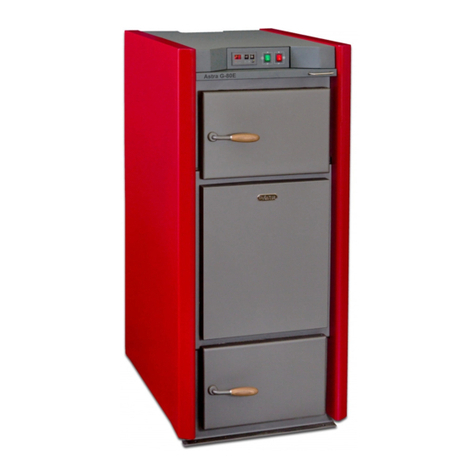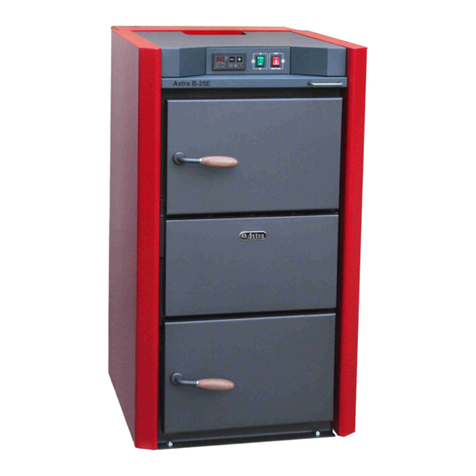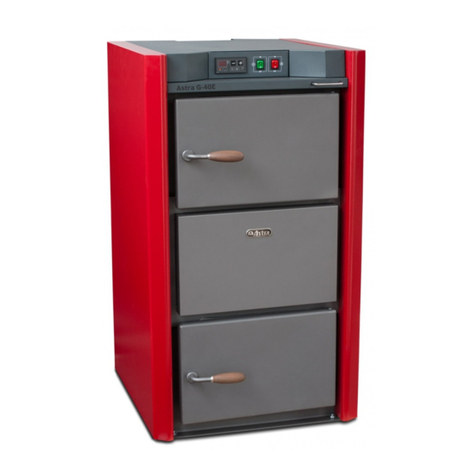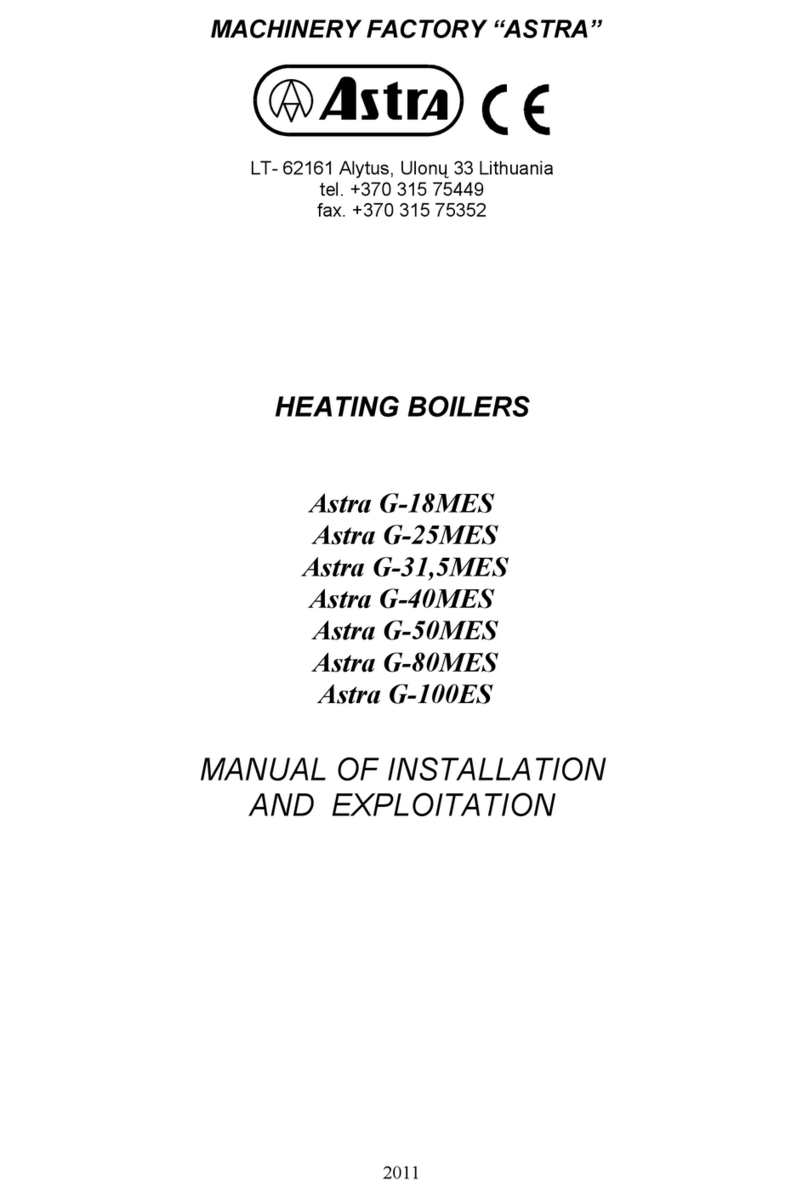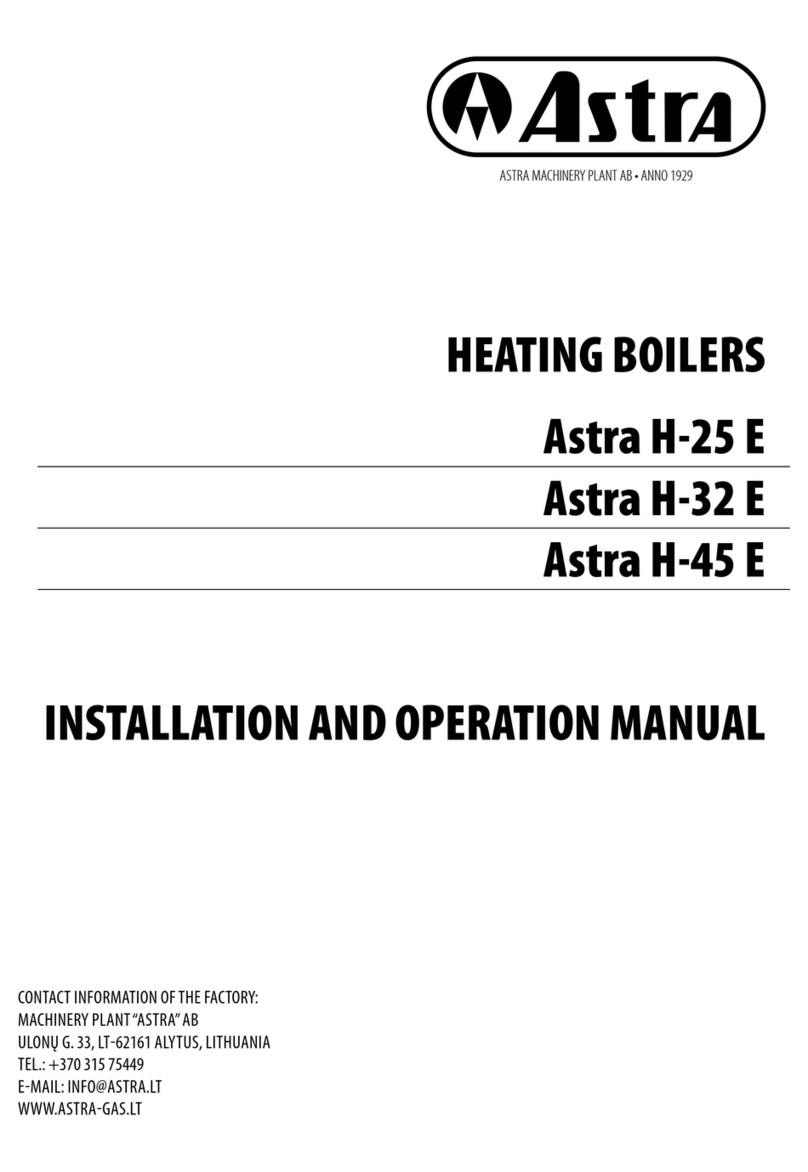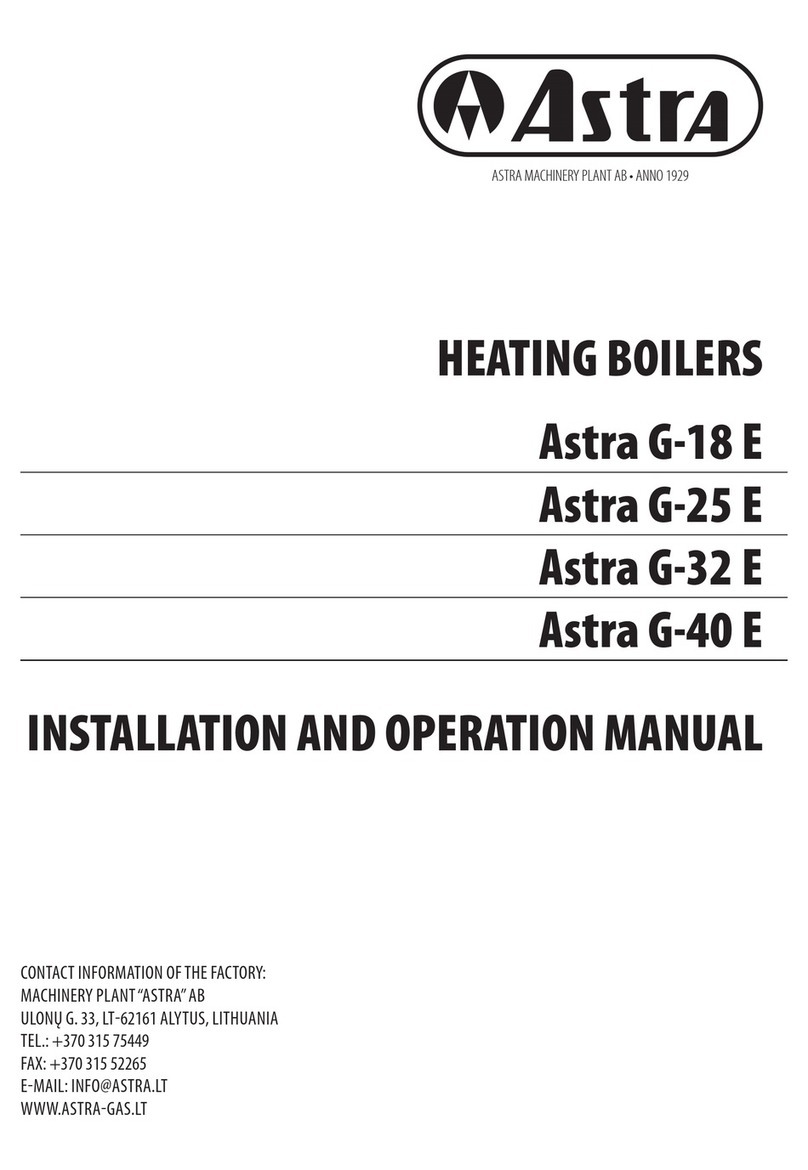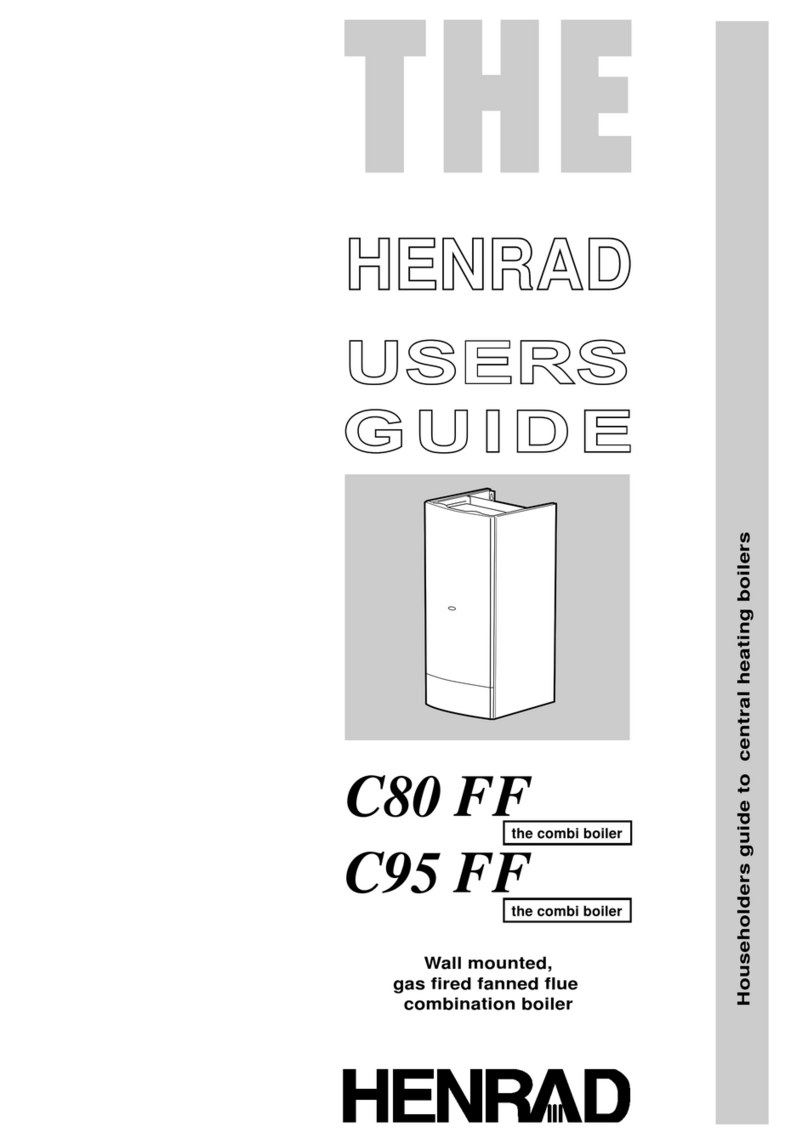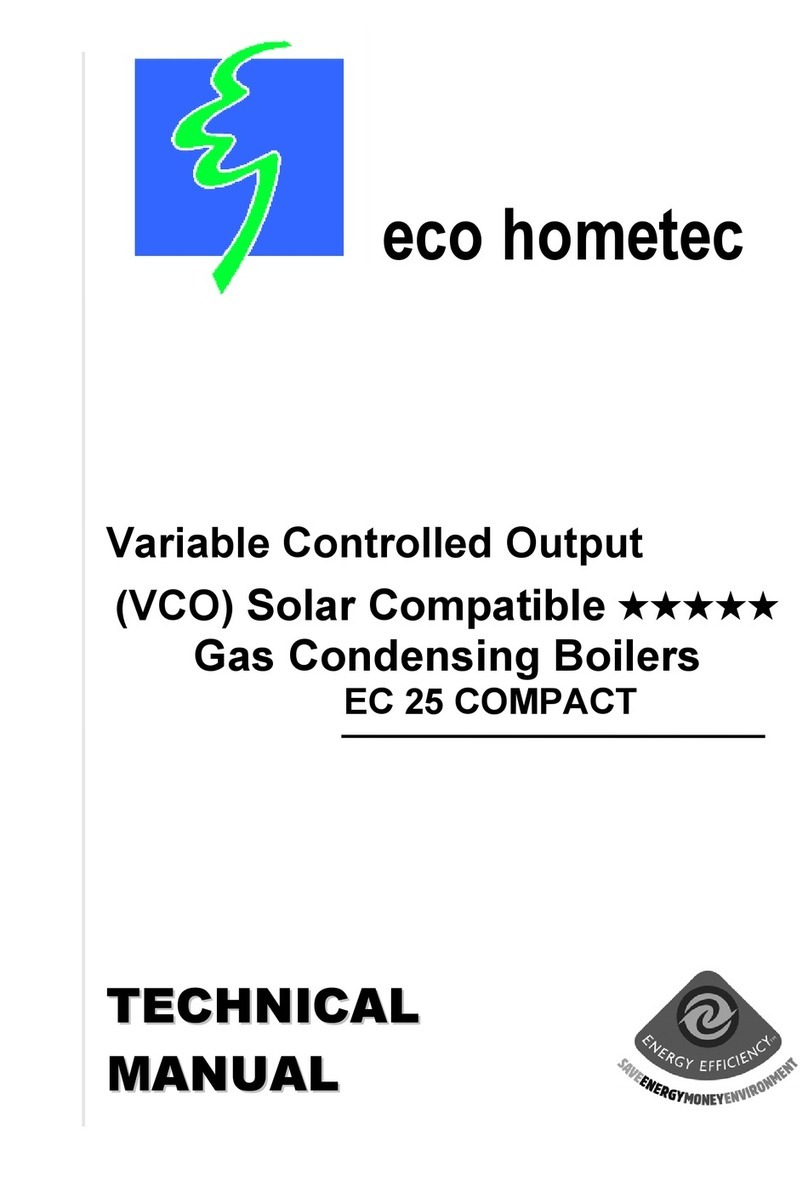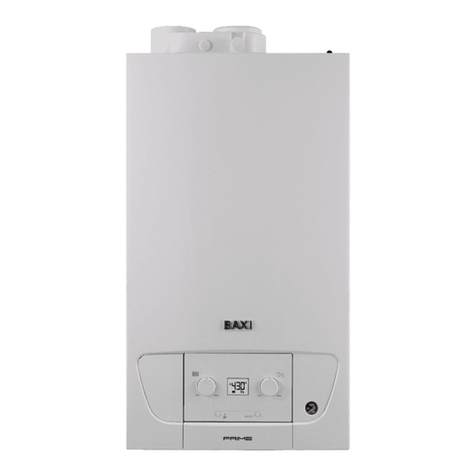TABLE OF CONTENTS
1. SAFETY REQUIREMENTS.................................................................................. 3
2. TECHNICAL DESCRIPTION................................................................................ 4
• General View of the Boiler................................................................................................................... 4
• Technical Data of the Boiler................................................................................................................. 5
• Ceramic Elements of the Boiler............................................................................................................6
• Turbulence Plates ................................................................................................................................ 6
3. INTENDED USE............................................................................................... 7
4. TRANSPORTATION, STORAGE, UNPACKING ........................................................ 7
5. INSTALLATION............................................................................................... 8
• Accumulation Tank..............................................................................................................................8
• Description of the Emergency Cooling System Diagram....................................................................... 8
• Description of the House Heating System Scheme............................................................................... 8
• Requirements for Connection of the Boiler to the Heating System .................................................... 10
• Circuit Diagram of the Boiler.............................................................................................................. 11
• Connection of the Circulation Pump .................................................................................................. 12
• Connection of the Ventilator.............................................................................................................. 12
• Mounting of the Draught Regulator .................................................................................................. 12
• Regulation of the Secondary Air Damper........................................................................................... 13
• Controlling the Temperature of Water Returning to the Boiler........................................................... 13
• Heating Output, Water Temperature and Water Flow Relationship.................................................... 13
• Installation of the Boiler Room.......................................................................................................... 14
• Requirements for the Chimney.......................................................................................................... 14
6. FUEL ...........................................................................................................15
7. OPERATION ..................................................................................................16
• Front Control Panel ........................................................................................................................... 16
• Rear Control Panel............................................................................................................................. 17
• Preparation for Firing........................................................................................................................ 17
• Kindling Procedure of the Boiler........................................................................................................ 17
• Fire Bed and Tips for Eective Boiler Stoking..................................................................................... 18
• Regulation of the Boiler Temperature................................................................................................ 19
• Addition of Fuel................................................................................................................................. 19
• Combustion Control .......................................................................................................................... 19
• Cleaning the Boiler............................................................................................................................ 19
• Emergency Shut Down of the Boiler .................................................................................................. 20
8. POSSIBLE FAULTS..........................................................................................20
9. WARRANTY AND ITS VALIDITY TERMS..............................................................21
10. ACCEPTANCE CERTIFICATE.............................................................................22
SELLING CARD .................................................................................................22
BOILER INSTALLATION PROTOCOL.......................................................................22
WARRANTY AND POST-WARRANTY REPAIR CARD..................................................23
DECLARATION OF CONFORMITY..........................................................................24
